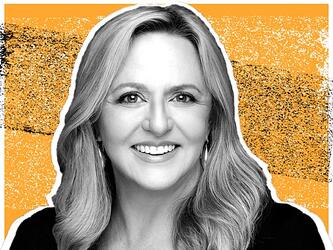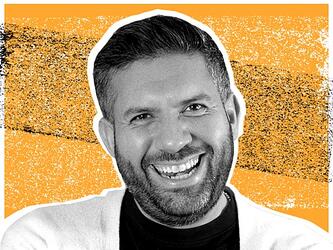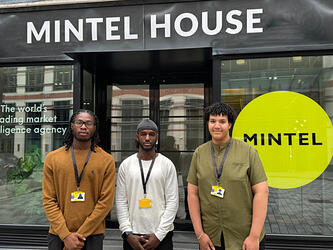Applying matchmaking tech to brand emotion
Pairing my experience in both research on the advertising agency side and marketing sciences at eHarmony, I hypothesised there is an opportunity to build a quantifiable, emotion-based research method by applying human relationship and compatibility-matching concepts to data science practices.
To explore this, my team compared and analysed human-to-human and consumer-to-brand relationships. The first step was to apply three core elements of human relationships, including what we’ve labelled as chemistry, needs-fulfilment and compatibility, to consumer to brand relationships. The parallels of these components in both human and brand relationships established the foundation for a quantitative methodology.
- Chemistry: The intangible excitement you feel when your heart outraces your head about someone or a brand. This element is especially present in consumer relationships with luxury brands that lead to behaviours like consumer price insensitivity when interacting with that brand.
- Needs Fulfilment: There are both rational and emotional needs to be met in relationships, whether between people or consumers and a brand. Consumers must determine if a certain car meets their rational need of seating all of their family, but also if the car provides them with the status they desire among their peers. Satisfying needs at both a rational and emotional level prevents the consumer from becoming fickle and shopping around.
- Compatibility: Sharing common values and principles is key to a successful long-term relationship. If consumers feel that a brand shares their values and principles, whether it be a footwear company that donates shoes to the needy or an apparel brand that represents their healthy lifestyle, they will recommend the brand to friends, connect with that brand on social media, actively seek out information and follow news about the brand, and find ways to integrate the brand into their lives.
To validate our hypothesis that love between a consumer and brand mirrors that of between two people we conducted a large-scale study that tested if ‘love’ construct could predict actual consumer behaviours. In a quantitative study with more than 6,000 respondents, tracking over 250 brands across 25 industries, we saw that this model could predict consumer behaviours with a R-squared value > 0.70. The model, rooted in human relationship concepts, shows how consumer love for a brand influences their purchase behaviour, brand loyalty, brand engagement, word-of-mouth, and so much more.
While recognising that measuring and understanding consumer love for a brand can provide reliable and valuable insights for predicting consumer behaviours, we still faced the problem that quantitative research tools tend to capture rational data.
To overcome this, we developed specially designed exercises that use interactive and continuous relational scales (as opposed to 5 point scales) to measure emotional concepts.
For example, instead of asking a respondent to rate how much they love a brand on a standard scale, respondents drag different brand logos closer to or farther away from a heart to illustrate the closeness of their relationship with the brand.
In addition, since consumers are challenged to articulate the role that emotions play in their decision making, often because those emotions are latent, we can use algorithmic solutions. Advanced machine learning algorithms can model what drives observed consumer behaviours instead of asking consumers to explain their thought processes explicitly. As a result, our understanding is based on what consumers actually do rather than what they say they do.
This approach to quantitative emotion-based research looks beyond how much consumers love a brand and can be used to predict desired business outcomes.
This methodology can help achieve a host of objectives, from higher brand consideration among high value customers in the banking category, to increased ratings in reality TV in the cable world, to retention of market share among Hispanic consumers in the oral care category.
After decades of talking about the power of emotional research, I believe our industry is entering an exciting chapter with some game-changing approaches to allow marketers to tap into its full potential.
Nelson Tao is senior vice-president marketing sciences at Coherency

We hope you enjoyed this article.
Research Live is published by MRS.
The Market Research Society (MRS) exists to promote and protect the research sector, showcasing how research delivers impact for businesses and government.
Members of MRS enjoy many benefits including tailoured policy guidance, discounts on training and conferences, and access to member-only content.
For example, there's an archive of winning case studies from over a decade of MRS Awards.
Find out more about the benefits of joining MRS here.













0 Comments